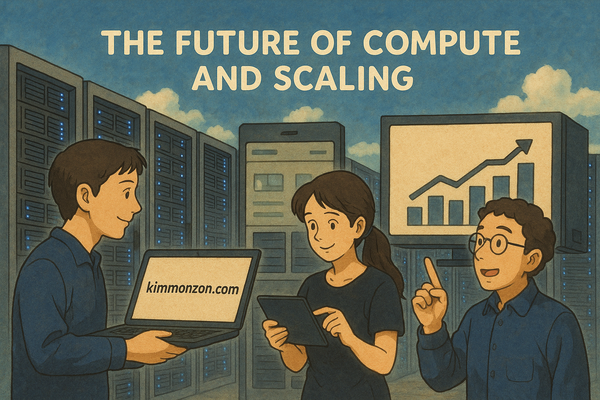Understanding and Adapting to Change: Key Concepts and Principles
Change is a constant part of life, and it's important to be able to understand and adapt to it in order to thrive in an ever-evolving world. There are several concepts and principles that can help you do just that. The S-Curve, for example, can help you anticipate and prepare for changes in technology. The Diffusion of Innovations theory can help you understand how new ideas spread through a population. The Cynefin Framework can help you understand the complexity of different situations and how to approach them. And the Change Curve can help you anticipate and manage your own reactions to change. By understanding these and other key concepts and principles, you can better navigate the ups and downs of change and come out on top.
- The S-Curve: The S-Curve is a concept that describes how new technologies or innovations typically follow a predictable pattern of adoption over time. It starts with a slow adoption rate, then grows rapidly as more and more people adopt the new technology, before eventually leveling off as the technology becomes mature. Understanding this pattern can help you anticipate and prepare for changes in technology.
- The Diffusion of Innovations:

The Diffusion of Innovations theory suggests that new technologies or ideas spread through a population over time. It explains that different people adopt new ideas at different rates, and that the adoption process can be influenced by various factors, such as the perceived value of the innovation and the social networks of the people adopting it. - The Cynefin Framework: The Cynefin Framework is a model that helps people understand the complexity of different situations and how to approach them. It suggests that there are four different types of situations: simple, complicated, complex, and chaotic. Each type of situation requires a different approach, and understanding which type of situation you are dealing with can help you make better decisions and adapt to changes.
- The Change Curve: The Change Curve is a model that describes the emotional stages people go through when they are faced with change. It suggests that people typically go through a series of stages, including shock, denial, resistance, exploration, and acceptance, as they adapt to change. Understanding these stages can help you anticipate and manage your own reactions to change, as well as support others who are going through the process.



